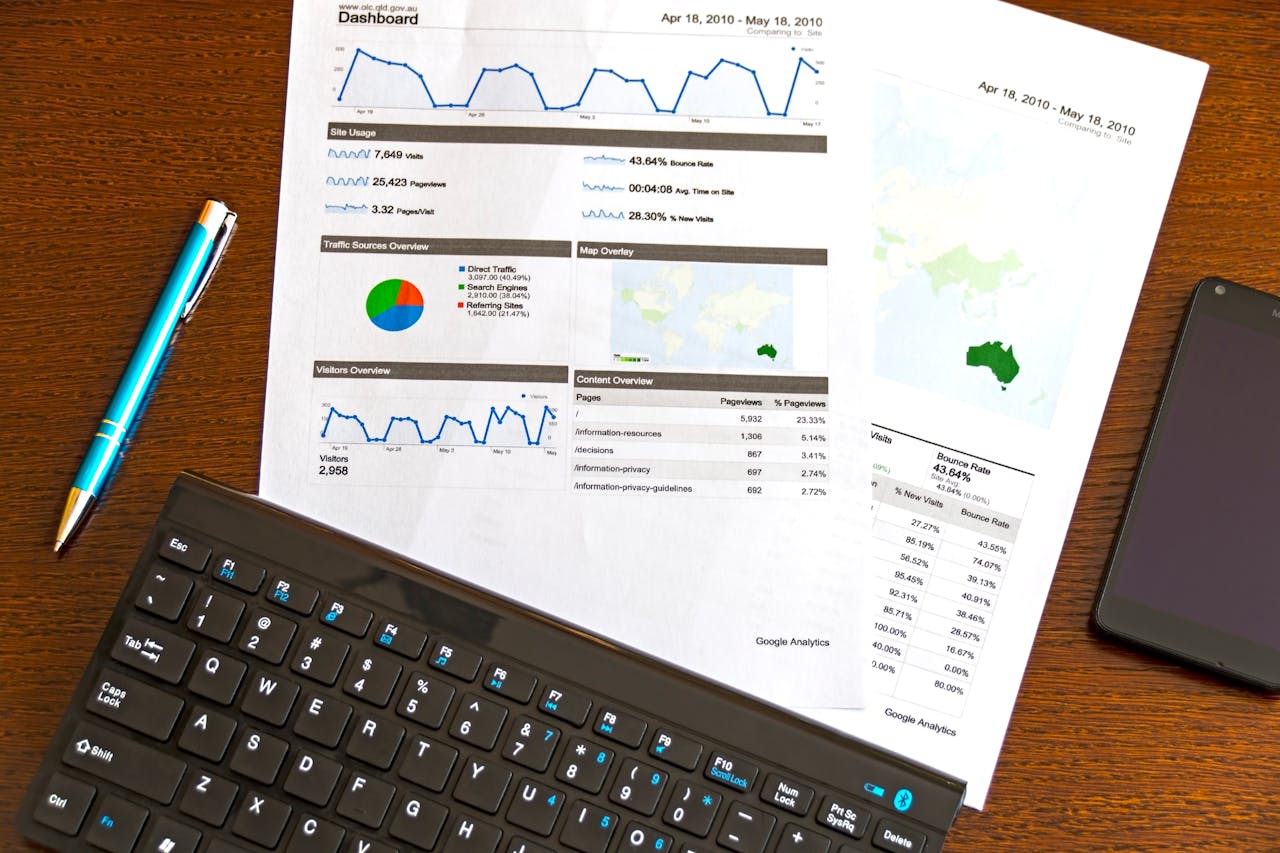In the world of real estate, data is king. Getting insight from your data, however, requires the right tools and techniques. Yardi Voyager reports offer a goldmine of information waiting to be tapped for strategic advantage. Imagine having the power to make data-driven decisions that elevate your business to new heights. You can have this power by reviewing the best practices and tips for in-depth analysis using Yardi Voyager reports given below.
1- Understanding Yardi Voyager Reports
Yardi Voyager is a comprehensive property management software used extensively in the real estate industry. One of its standout features is the variety of reports it offers. Understanding these reports is the very first step if you want to leverage them for your business.
I- Types of Yardi Voyager Reports
Yardi Voyager provides several types of reports tailored to different aspects of real estate management. Financial reports, operational reports, and leasing performance reports are just a few examples. Each type of report serves a unique purpose and offers different insights.
II- Financial Reports
Financial reports in Yardi Voyager include balance sheets, income statements, and cash flow reports. These reports help keep track of your financial health and ensure that your business is on the right track. They provide insights into revenue, expenses, and profitability.
III- Operational Reports
Operational reports focus on the day-to-day activities of your real estate business. They include occupancy rates, maintenance requests, and tenant interactions. These reports help you monitor the efficiency of your operations and identify areas for improvement.
IV- Customized Reports
Yardi Voyager also allows customized reports to be created. These reports can be tailored according to your needs and provide the exact information you require. Custom reports are essential for gaining deeper insights into areas that standard reports may not cover.
2- Setting Up Effective Reports
Customizing your Yardi Voyager reports is crucial for obtaining actionable insights. Here are some tips to help you set up effective reports that meet your specific requirements.
I- Define Your Objectives
Before setting up a report, clearly define what you aim to achieve. Are you looking to improve financial performance, optimize operations, or enhance tenant satisfaction? Defining your objectives clearly will help you focus on the most relevant data.
II- Select Relevant Data Fields
Yardi Voyager allows you to choose from various data fields when creating reports. Select fields that align with your objectives. For instance, if you want to analyze financial performance, include fields related to revenue, expenses, and profitability.
III- Use Filters Effectively
Filters help you narrow down your data to the most relevant information. Use filters to exclude irrelevant data and focus on key metrics. For example, if you want to analyze occupancy rates, filter out properties that are not currently in use.
3- Best Practices for Data Collection
Accurate and timely data collection is the basis of effective reporting. Here are some best practices to ensure your data is reliable.
I- Consistent Data Entry
Consistency is key when entering data into Yardi Voyager. Ensure that all entries follow a standardized format. This reduces errors and makes it easier to analyze data across different time periods.
II- Regular Updates
Regularly update your data; this helps reflect the current state of your business. Outdated data can cause incorrect conclusions and poor decision-making. Set a schedule for data updates and stick to it.
III- Verify Data Accuracy
Always verify the accuracy of your data before using it in reports. Double-check entries for errors and ensure that all figures are correct. Accurate data leads to more reliable insights.

4- Analyzing Financial Reports
Financial analysis is crucial for understanding the monetary aspects of your business. Here are some tips for analyzing financial reports in Yardi Voyager.
I- Budget vs. Actual Performance
One of the most important analyses is comparing budgeted figures with actual performance. This helps you identify variances and understand the reasons behind them. Adjust your budgeting process based on these insights.
II- Revenue Analysis
Analyze your revenue streams to determine which properties or services generate the most income. Look for the trends and patterns that can inform future investment decisions. Diversifying your revenue streams can also reduce risk.
III- Expense Management
Closely monitor your expenses to identify cost-saving opportunities. Analyze which areas incur the highest costs and explore ways to reduce them without compromising quality. Effective expense management contributes to higher profitability.
5- Analyzing Operational Reports
Operational efficiency is key to a successful real estate business. Here’s how to analyze operational reports to improve your processes.
I- Occupancy Rates
Track occupancy rates to ensure your properties are being utilized effectively. High occupancy rates indicate efficient use of space, while low rates may signal the need for marketing efforts or property improvements.
II- Leasing Performance
Analyze leasing performance to understand how quickly properties are being rented out. Look at metrics such as time on the market and rental rates. Effective leasing strategies can reduce vacancy rates and increase revenue.
III- Maintenance and Repairs
Monitor maintenance requests and repairs to ensure timely resolution. Analyze the types of issues reported and their frequency. Proactive maintenance can prevent larger, costlier problems down the line.
6- Utilizing Business Intelligence Tools
Business intelligence tools in Yardi Voyager provide quick insights and visual analysis. Here’s how to make the most of them.
I- Creating Dashboards
Dashboards offer a visual representation of your key metrics. Customize your dashboards according to the most relevant information you need for your business. Use charts, graphs, and tables to present data in an easily digestible format.
II- Using Charts and Graphs
Charts and graphs simplify complex data and highlight important trends. Use different types of charts and graphs to visually represent different types of data. Effective visualizations make it easier to communicate insights to stakeholders.
III- Real-Time Analysis
Take advantage of real-time analysis tools to make informed decisions quickly. Real-time data can help you to respond promptly to changes in the market or your business. Real-time analysis also helps you stay ahead of the competition.
Conclusion
In-depth analysis using Yardi Voyager reports can transform your real estate business. By understanding the types of reports available, setting up effective reports, ensuring accurate data collection, and utilizing advanced analysis techniques, you can gain valuable insights that drive success. Make the most of Yardi Voyager’s powerful reporting capabilities to stay ahead in the competitive real estate market.
Ready to take your real estate analysis to the next level? Explore Yardi Voyager reports today and discover the difference they can make for your business. Start by implementing the best practices and tips outlined in this post, and watch your business grow. Whether you’re looking to optimize financial performance, improve operational efficiency, or enhance tenant satisfaction, Yardi Voyager has the tools you need.
Those who wish to explore further should consider reaching out to our team of experts. We’re here to help you maximize the potential of Yardi Voyager and achieve your business goals. Don’t wait – start your journey towards data-driven success today.





